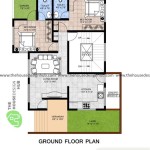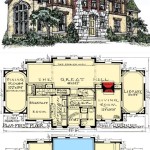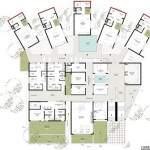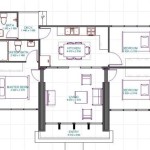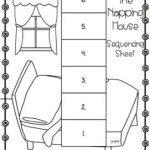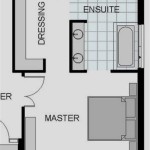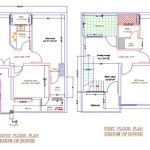Essential Aspects of Historic English Country House Floor Plans
Historic English country houses, with their grandeur and architectural significance, have fascinated historians, architects, and enthusiasts alike. These magnificent abodes, steeped in centuries of history, exhibit unique and discerning floor plans that reflect the lifestyles, social hierarchy, and architectural influences of their eras. Understanding the essential aspects of these floor plans offers valuable insights into the design principles and societal norms that shaped these architectural masterpieces.
1. Central Hall: The Heart of the House
The central hall, often referred to as the great hall, served as the heart of the country house. It was a vast, open space that spanned the height of the house, often with an impressive double-height ceiling. The central hall acted as a central hub, connecting all other rooms on the ground floor and providing a grand space for social gatherings, ceremonies, and entertainment.
2. Symmetry and Order: A Reflection of Social Hierarchy
Symmetry and order were fundamental principles in the design of country house floor plans. The central hall often divided the house into two symmetrical wings, with the principal rooms arranged in a linear fashion. This symmetry reflected the social hierarchy within the house, with the most important rooms, such as the state rooms and the family's private apartments, located closest to the central hall.
3. Public and Private Spaces: A Clear Distinction
Country house floor plans meticulously separated public and private spaces. The ground floor typically housed the public spaces, including the central hall, drawing room, dining room, and library. These rooms were designed to impress visitors and host grand social events. The upper floors were reserved for private spaces, such as the family's bedrooms, dressing rooms, and nurseries.
4. Service Quarters: Hidden from View
The service quarters, which housed the kitchens, pantries, and servants' rooms, were typically located in the basement or on the lower floors of the house. This segregation ensured that the domestic workings of the house remained hidden from the view of guests and family members.
5. Influence of Architectural Styles: Georgian, Palladian, and Beyond
The floor plans of country houses were influenced by the architectural styles prevalent during their construction. Georgian-style houses, built from the early 18th century onwards, emphasized symmetry, rectangular forms, and a clear separation between public and private spaces. Palladian-style houses, inspired by the work of Italian architect Andrea Palladio, featured symmetrical facades, central halls, and grand staircases.
6. Adaptation to Changing Needs: A Reflection of Time
Historic English country houses have undergone modifications and extensions over the centuries, reflecting changing lifestyles and societal norms. As families grew and needs evolved, additional wings, rooms, and service areas were added, altering the original floor plans. These adaptations provide貴重な insights into the ongoing evolution and adaptation of these architectural gems.
7. A Legacy of Craftsmanship and Design
The floor plans of historic English country houses showcase the exceptional craftsmanship and architectural genius of their designers. From the grand central halls to the meticulously arranged private apartments, each room was designed with a specific purpose and aesthetic in mind. These floor plans continue to inspire architects and designers to this day, serving as a testament to the enduring legacy of English architectural heritage.

English Mansion House Plans From The 1800s Floor Country Plan

Image Result For Old English Manor Layout Country House Plans Floor Plan Mansion

Eastbury Manor Floor Plan Country House Plans

Image Result For Old English Manor Layout Kensington House Country Floor Plan Mansion

English Mansion House Plans From The 1800s Manor Houses

Bi S Hatfield Manor House Plans Country Floor Plan

Greenwich Country House Floor Plan Manor Mansion

Vintage Tudor Style Mansion Floor Plans Plan Country House Architectural

The Entrance To Eyford Park Gloucestershire Designed By Guy Dawber And Built 1911 1912 Photographed House Floor Plans Mansion Plan

Floor Plans English Manor Vanbrouck Associates Luxury Residential Design

